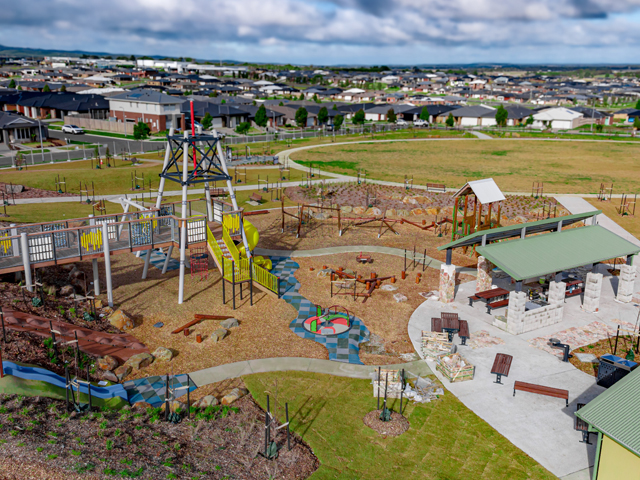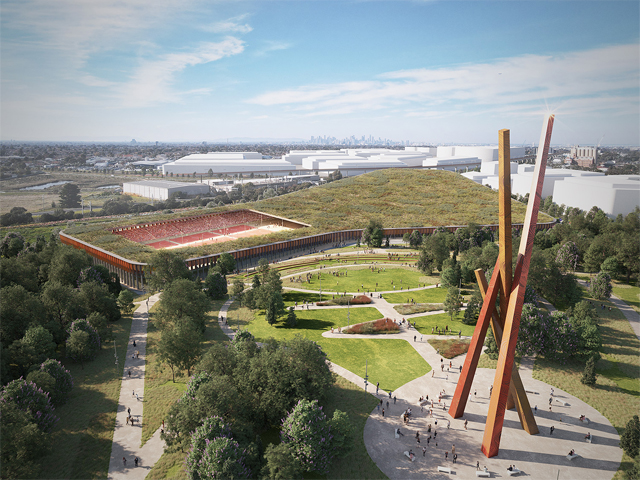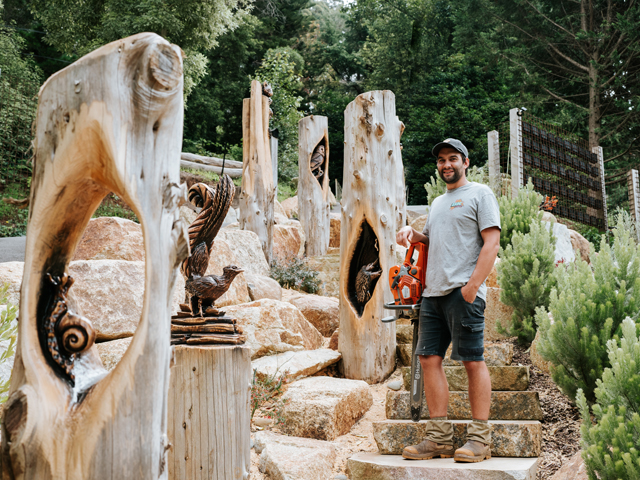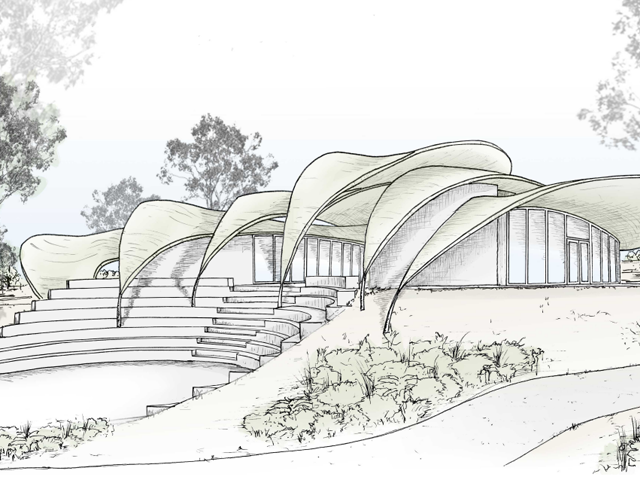3D HOUSING FOR THE HOMELESS
29 Jan 2020
A remote area in Mexico is now home to the world’s first 3D-printed community, which has been created as a solution to reduce homelessness and provide safe shelter for people in the area.

New Story, a not-for-profit organisation that was founded five years ago, aims to provide adequate shelter/housing for people exposed to extreme poverty and unsafe housing. New Story has so far constructed 2700 homes catering for 15,000 people located in areas such as Haiti, El Salvador, Bolivia and Mexico. Traditional construction methods were used for these homes but in the past two years, the company has started to explore innovative construction solutions for faster building production that caters for the ever-changing social housing sector and housing crisis. 

The company’s strategy comprises of three steps to help minimise the effects of homeless and can be summarised through the concepts of ‘create’, ‘prove’ and ‘share’. The first step involves creating homes/communities in more efficient and effective ways with faster construction methods. The second step encourages the innovation of strategies and techniques that contribute to the organisations and the third step is to share these new techniques with other non-profit organisations.


Having recently teamed up with ICON, New Story has been developing a project in Tabasco, Mexico. Currently, the first two 3D-printed homes have been completed in what is to be a community masterplan scheme for the area. This community proposal will aim to produce a total of 50 homes using the 3D printer referred to as the Vulcan II.
The Vulcan II is designed to build resilient single-storey homes at a faster rate than traditional construction methods. The machine uses a cement-based mix to produce the walls and has the capacity to build a 185 square metres home if required. 
The homes will be 46 square metres in size and will consist of a living space, kitchen, bathroom and two bedrooms. The families who will live in them have provided feedback on what they require for the community and the homes themselves. The families that were chosen to receive these homes are in significant physical and financial need, some surviving on as little as $76.50 a month. The designs are built to be resilient against difficult climate conditions such as seismic activity and flooding. 
Via ArchDaily | Images courtesy of New Story by Joshua Perez

MORE NEWS

STRIKING GOLD IN BALLARAT

MELBOURNE'S NEW PARK ON A FORMER LANDFILL SITE

MASTERPLAN FOR INCLUSIVE, CLIMATE-RESILIENT COMMUNITY PARK IN LISMORE

HARNESSING THE POWER OF DESIGN TO TRANSFORM CITIES

WOOD CARVING WITH BRANDON KROON

